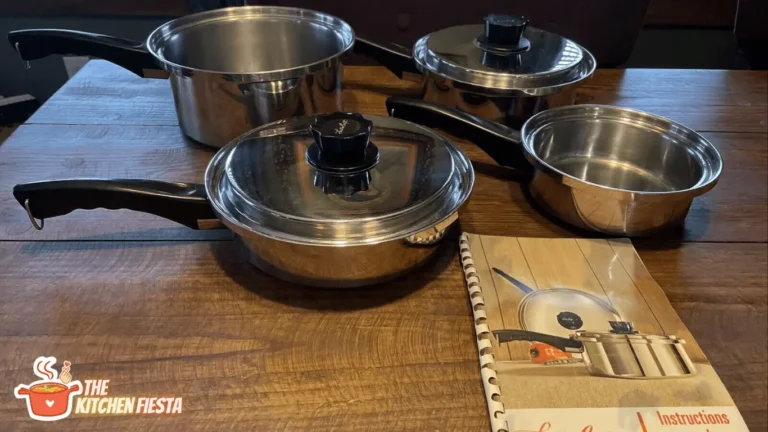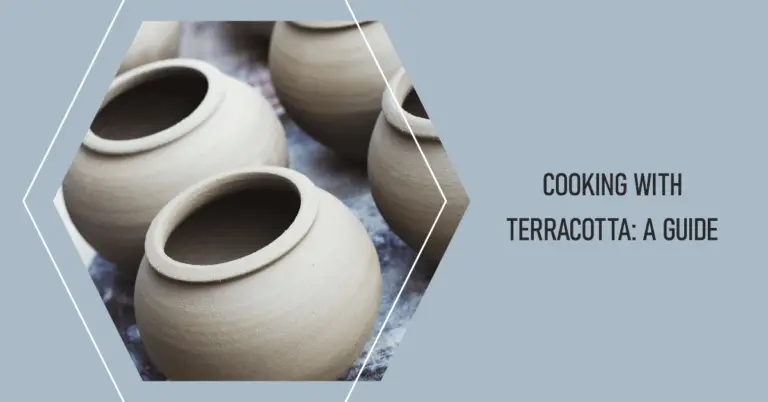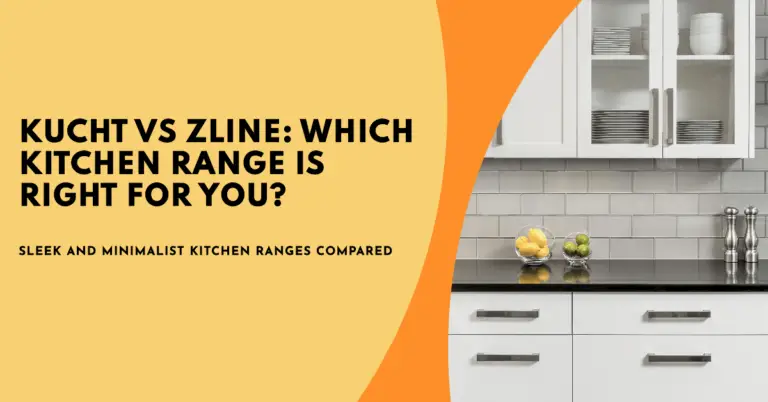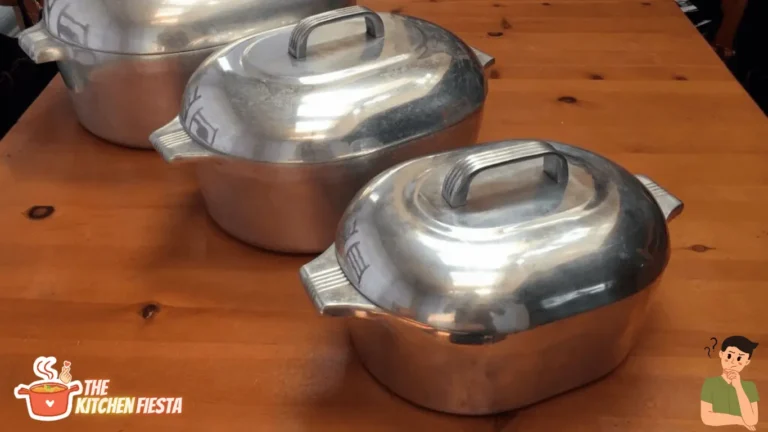Is Masterclass Cookware Oven Safe? A Complete Guide

Cooking can sometimes feel like a juggling act – switching pans between stovetop, oven and broiler. You want to use that oven for more than just baking sheets. So it’s natural to wonder – can you safely use Masterclass pots, pans and bakeware in the oven?
The short answer is yes – most Masterclass cookware is oven safe thanks to its quality construction. But there are some key factors to consider to make sure you stay within the safe temperature range for each material.
In this complete guide, we’ll cover:
- The oven safe temperatures for Masterclass stainless steel, nonstick, enameled cast iron and ceramic.
- Tips for safely using Masterclass pots and pans in the oven.
- Specific guidance on baking and broiling with Masterclass bakeware.
- How to avoid compromising your cookware when exposed to high oven temps.
Armed with the specifics in this guide, you’ll feel confident using your Masterclass cookware for stovetop-to-oven cooking. Let’s dive in!
What Oven Temperatures Can Masterclass Cookware Handle?
The oven safe temperature range depends on the specific construction and materials of your Masterclass cookware. Here’s a breakdown:
- Masterclass stainless steel pots and pans are oven safe up to a very high 500°F. This makes them extremely versatile for searing on the stovetop and finishing in the oven.
- Masterclass enameled cast iron Dutch ovens can safely go in the oven but have a lower max temp of 400°F. The enameled coating gives great heat retention but can chip at higher temperatures.
- Masterclass ceramic bakeware is oven safe up to 450°F. Pie dishes, casserole baking dishes and other ceramic pieces retain heat beautifully in the oven.
- Masterclass nonstick pots and pans have the lowest oven safe temperature, around 350-400°F. The nonstick coating can deteriorate at high heat.
So stainless steel and enameled cast iron Dutch ovens are your best bet for very high oven temps up to 500°F, while nonstick has the lowest safe oven temp ceiling.
Tips for Safely Using Masterclass Cookware in the Oven
Now that you know the safe oven temp range for Masterclass, here are some top tips for safely using your pots, pans and bakeware in the oven:
- Check the handle material – Some Masterclass pots and pans may have handles made of materials like plastic that cannot withstand oven temps. Use a mitt or oven glove when handling to avoid burns.
- Don’t put cold cookware directly into a hot oven – A drastic change from a cold pan into a piping hot oven can risk cracking or warping the cookware. Let it come closer to oven temp first.
- For stovetop-to-oven use, ensure the pan is oven safe – When transitioning a pan from stove to oven, be sure the pan itself is made of an oven safe material like stainless steel, not nonstick.
- Avoid putting nonstick pans under the oven broiler – The high direct heat under the broiler can damage the nonstick coating on Masterclass nonstick pans.
- Keep cookware several inches from the broiler heating element – Allow space for air flow and avoid scorching temperatures on part of the pan when using pans under the broiler.
Following these tips will help keep your Masterclass cookware protected when exposed to the high heat of an oven.
Can You Put Masterclass Bakeware in the Oven?
Masterclass offers a wide variety of high quality baking sheets, loaf pans, muffin tins, cake pans and other bakeware. The good news is yes – Masterclass bakeware is oven safe.
Ceramic, stainless steel, aluminized steel and other metals used to construct Masterclass bakeware hold up beautifully to the bake setting on your oven.
However, there are still a few precautions to take to make sure you don’t compromise your Masterclass bakeware:
- Don’t exceed the oven safe temp rating – As mentioned above, most bakeware pieces like ceramic casserole dishes have a max oven temp of 450°F.
- Avoid drastic temperature changes – Don’t place a cold baking pan directly into a hot oven or add room temp batter to an already hot pan. This rapid change can damage the pan.
- Don’t use with very acidic ingredients – Tomatoes, lemons and other acids can react with metal bakeware and enamel, unless it’s specifically stainless steel.
By keeping your Masterclass bakeware within its safe oven temp limit and avoiding compromising conditions, you’ll enjoy years of baking in your pans.
Is Masterclass Cookware Safe Under The Broiler?
Many home chefs like to finish cooking meals by quickly broiling for crispy, browned topping. But is it safe to broil with your Masterclass pots and pans?
The answer depends on the cookware material:
- Stainless steel pans are generally safe under the broiler. Just be sure to keep them a few inches from the heating element to prevent scorching on part of the pan.
- Avoid putting nonstick pans under the broiler. The intense direct heat can damage the nonstick coating.
- Some handles may not be broiler-safe. Use an oven mitt or remove plastic handles before broiling if they could melt from the heat.
So stainless steel Masterclass pans are your best – and safest – option for finishing dishes under the broiler. They can stand up to the intense direct heat.
Key Takeaways on Masterclass Cookware Oven Safety
To recap, the main things to keep in mind when using your Masterclass cookware in the oven:
- Masterclass stainless steel is oven safe up to 500°F. Enameled cast iron to 400°F. And nonstick or ceramic to 350-450°F.
- Avoid putting nonstick under broiler which can damage coating. Stainless is safer.
- Prevent cracks by not making drastic temperature changes from stovetop to oven.
- Ensure bakeware doesn’t exceed its oven safe temp rating.
- Allow airflow and avoid direct contact with heating element.
Following these tips, your high quality Masterclass cookware will hold up beautifully to the heat of the oven and broiler!
So cook up stovetop-to-oven meals with confidence knowing your pots, pans and bakeware are up for the task. Masterclass makes it easy to unlock the full potential of your oven.




